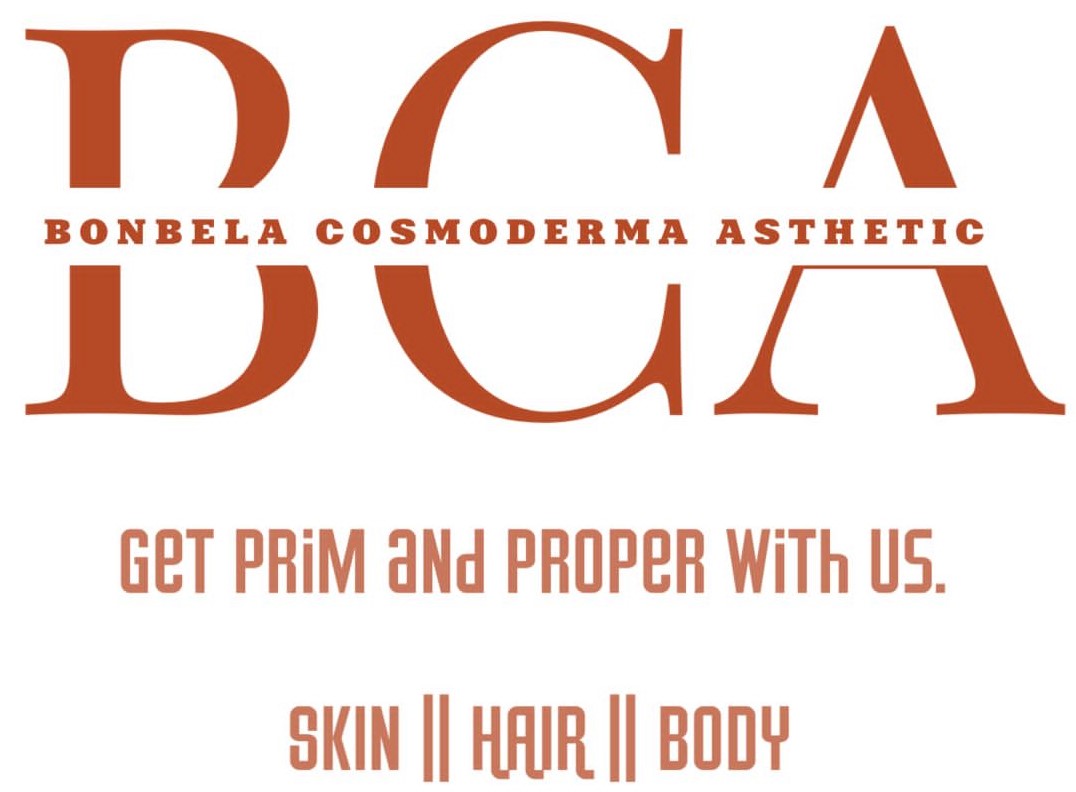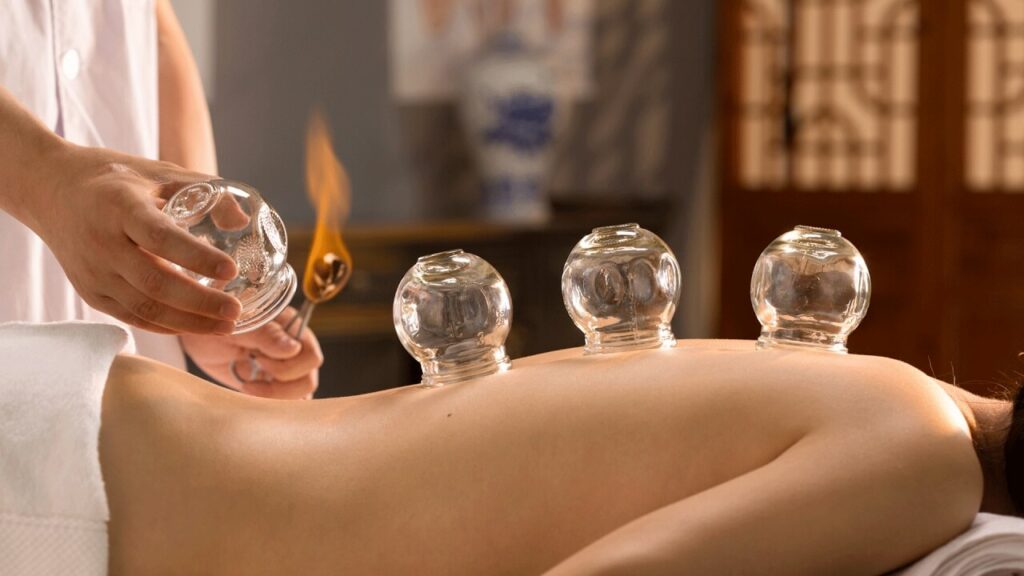Cupping therapy is an alternative medicine practice that involves placing cups on the skin to create suction. This suction is believed to stimulate blood flow and promote healing. Cupping has been used in various cultures for thousands of years, and it is often associated with traditional Chinese medicine, but it has also been practiced in ancient Egyptian and Middle Eastern cultures.
Here's an overview of cupping therapy:
-
Types of Cupping: There are different methods of cupping, but the most common ones are dry cupping and wet cupping.
-
Dry Cupping: In this method, a practitioner places cups on the skin, and the suction is created either by heating the cups or by using a pump. The cups are typically left in place for a few minutes, creating circular bruises or marks on the skin due to the suction.
-
Wet Cupping (Hijama): This involves making small incisions on the skin after dry cupping and using the suction to draw out a small amount of blood. This method is less common and is often associated with detoxification in traditional medicine practices.
-
-
Purpose: Cupping is believed to promote blood circulation, reduce inflammation, and encourage the flow of vital energy (Qi in traditional Chinese medicine). It is often used for conditions such as muscle pain, joint pain, respiratory issues, and certain types of injuries.
-
Bruising and Marks: One of the distinctive features of cupping is the circular marks or bruises that may appear on the skin after treatment. These marks are not bruises in the typical sense but are caused by the rupture of small blood vessels under the skin due to the suction. They usually fade within a few days.
-
Safety: Cupping is generally considered safe when performed by trained and qualified practitioners. However, it may not be suitable for everyone, and there are some contraindications, such as skin conditions, bleeding disorders, or pregnancy. It's essential to consult with a healthcare professional before undergoing cupping therapy.
-
Scientific Understanding: The scientific evidence supporting the effectiveness of cupping is limited, and more research is needed to understand its mechanisms and benefits fully. Some studies suggest that cupping may have temporary pain-relieving effects and could potentially influence the immune system and inflammation, but more rigorous research is needed.
As with any alternative therapy, it's crucial to approach cupping with caution, seek the guidance of qualified practitioners, and consult with healthcare professionals if you have any underlying health conditions or concerns.



